Vermont Greeter Program Successes for 2019
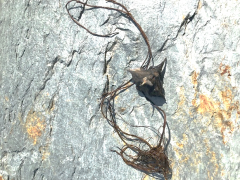
2019 Vermont Public Access Greeters successfully stop new infestations of aquatic invasive species from entering lakes and ponds throughout Vermont.

2019 Vermont Public Access Greeters successfully stop new infestations of aquatic invasive species from entering lakes and ponds throughout Vermont.
It is hard to believe that the Forest Hero! Network is fast approaching its 1st birthday! To celebrate, we'd like to share with everyone, the good work that volunteers are completing in their communities. If you are working on a project and would like to help inspire others who may be seeking ideas, please write in and we'll share in future newsletters!
To learn more about the Network, and if you’d like to learn about other training opportunities, stay tuned to this website: https://vtinvasives.org/forest-hero-network
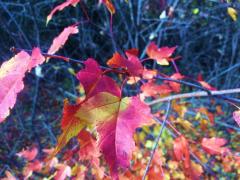
Amur Maple, Acer ginnala, belongs to the Sapindaceae family, which now includes previous members of Aceraceae (maple family). It is native to northern China and Japan, and was introduced into North America in 1860. Beginning in the 1950s, Amur Maple was reported as “locally established”.

On a sunny evening in May, about 30 environmental practitioners from around Vermont gathered at the Craftsbury Outdoor Center, where the snow had just about melted. As loons called on Big Hosmer Pond, and the worlds of natural resource regulation, conservation, and education clicked on outside, this group spent two days immersed in a concept that is at once head-smackingly simple and deceptively complex: a land ethic.

Water Chestnut is an annual aquatic plant that is invasive in Vermont. The water chestnut population has been managed by the Vermont Department of Environmental Conservation (VTDEC) since the early 1980s and, for the past few summers, crews from the Vermont Youth Conservation Corps (VYCC) have been supporting VTDEC’s hand-pulling efforts.
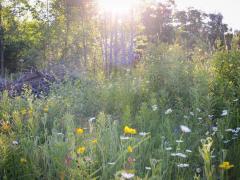
Vermonters know that our hot and humid summer weather has really settled in once our fields and roadsides start popping out in colorful blooms of chicory, Queen Anne’s lace, black-eyed Susan, orange hawkweed, and feral daylilies. It’s a beautiful time of year in our state, and it’s also a time of year when our songbirds start fattening up for their winter migration and our native pollinators begin to collect and store pollen and nectar for their young to feed on over the winter.
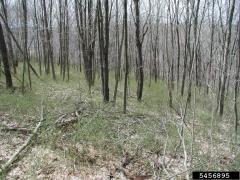
As we progress into summer heat waves and holiday vacations, many plants have flowered and started to go to seed. One invasive plant, Japanese barberry (Berberis thunbergii), at this point in the season (July/August) will have seeds forming and ripening.
There has been a new detection of Emerald Ash Borer (EAB) in Derby Line, Vermont. This is the first confirmed detection in Orleans County.
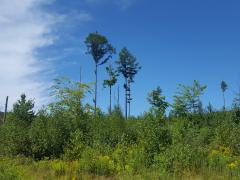
Young Forest, the forest type that is dominated by dense shrubs and trees less than 20 years old, is an extremely important cover type for wildlife in Vermont. More than 60 wildlife species – including mammals, birds, reptiles, and insects – need young forest to survive.
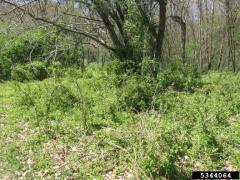
When recalling a drive down a dusty country road, you might remember seeing round green shrubs speckled with small white flowers, in otherwise empty grazing paddocks, or along farm fields. This plant is called multiflora rose (Rosa multiflora) and is a perennial shrub within the Rose family, Rosaceae. The name, multiflora, means “many flowered”, and its nickname, “rambler rose” perhaps comes from its tendency to spread from cane or seed.